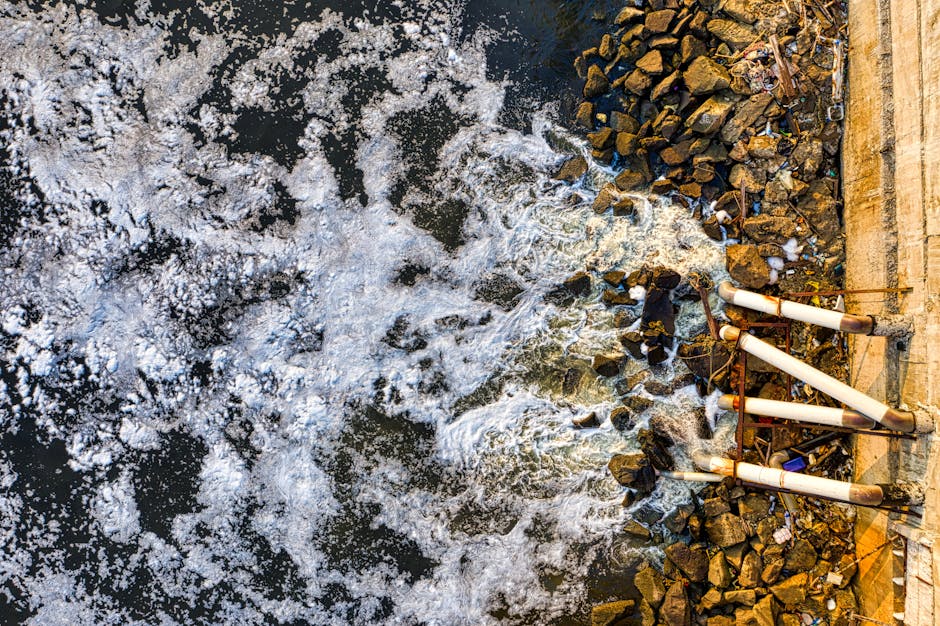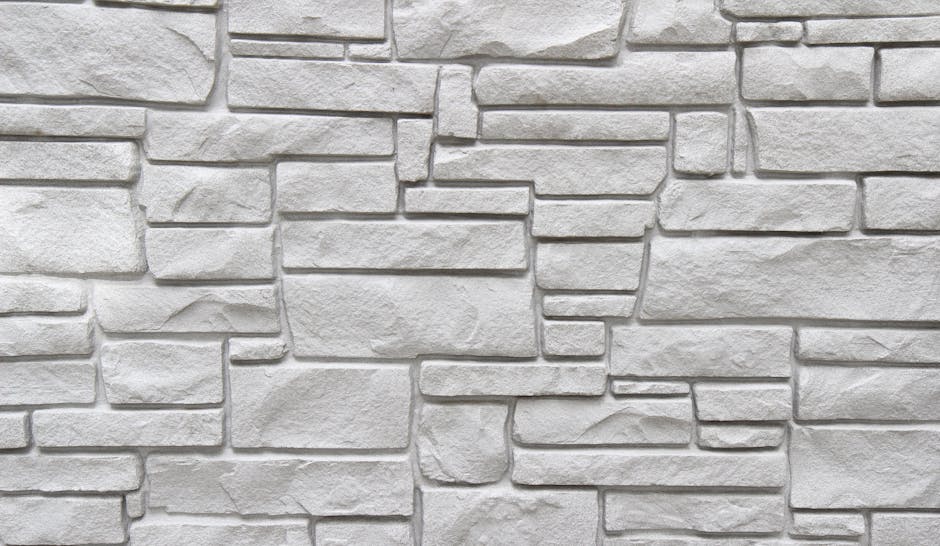Once the lifeblood of Kanyakumari district, the Pazhayar river is now gasping for breath. A river that has nurtured civilisations, irrigated paddy fields, and quenched the thirst of thousands is now a sluggish, dark drain, telling a sordid tale of urban neglect and environmental apathy. The culprit? A relentless and unchecked flow of untreated sewage, pushing this historic waterway to the very edge of ecological collapse.
For generations, the Pazhayar, which translates to ‘Old River’, was a symbol of purity and sustenance. Elders in Nagercoil and surrounding villages recall a time when its waters ran clear, teeming with fish, and its banks were a hub of community life. “We used to swim in this river as children,” says 70-year-old Lakshmi Pillai, a resident of a nearby village. “The water was so sweet, we drank it directly. Today, a foul stench hangs in the air, and the water is black. It is a gutter, not a river.”
The Source of the Poison: Urban Neglect in Nagercoil
Her lament is the collective grief of a region watching its natural heritage die a slow, painful death. The primary source of this poison is the burgeoning urbanisation of Nagercoil town. With a rapidly growing population, the existing infrastructure for waste management has been overwhelmed. Hundreds of unauthorised outlets from residential buildings, commercial establishments, and even hospitals discharge raw, untreated sewage directly into the river and its feeder channels.
An Ecosystem on the Brink of Collapse
The environmental fallout from the continuous sewage discharge has been catastrophic. Scientific studies of the river’s water quality have revealed alarmingly high levels of faecal coliform bacteria, making it completely unfit for human contact, let alone consumption. The massive influx of organic waste has led to eutrophication, a process where excessive nutrients trigger dense algal blooms that choke the water’s surface. These blooms deplete the dissolved oxygen in the water, creating ‘dead zones’ where no fish or other aquatic life can survive. The once-thriving ecosystem has been decimated, with fishermen who depended on the river now left with empty nets.
A Looming Public Health Crisis
Beyond the ecological disaster, a severe public health crisis is brewing. The contaminated river water seeps into the ground, polluting the wells and borewells that many households still rely on for drinking water. This puts communities at a high risk of waterborne diseases like cholera, typhoid, and dysentery. The river, once a giver of life, has tragically been turned into a vector of disease.
A Cry for Action: Citizens and Activists Sound the Alarm
Local environmental activists and citizen forums have been sounding the alarm for years, staging protests, submitting petitions, and pleading with local authorities. They point to the urgent need for a comprehensive sewage management plan, including the construction of modern Sewage Treatment Plants (STPs) and a crackdown on illegal drainage connections. While promises have been made and some projects initiated, the pace of implementation has been painfully slow, and the river continues to suffer.
The fate of the Pazhayar is a stark reminder of the price of unplanned development. It is a story that is, unfortunately, repeating itself across India, where our sacred rivers are being turned into sewers. Saving the Pazhayar is not just about reviving a water body; it’s about restoring a community’s health, heritage, and conscience. It requires immediate political will, stringent enforcement of environmental laws, and a collective awakening among citizens.
If we fail to act now, future generations will only know the Pazhayar not as the vibrant river of their ancestors’ stories, but as a cautionary tale of a lifeline we allowed to be severed. The time for reports and committees is over; the time for decisive, on-the-ground action is now, before the river crosses the point of no return.




